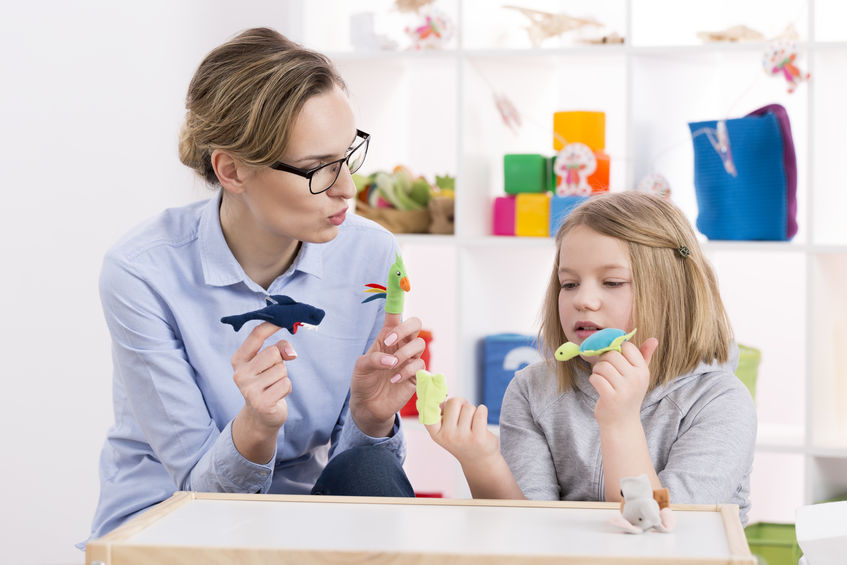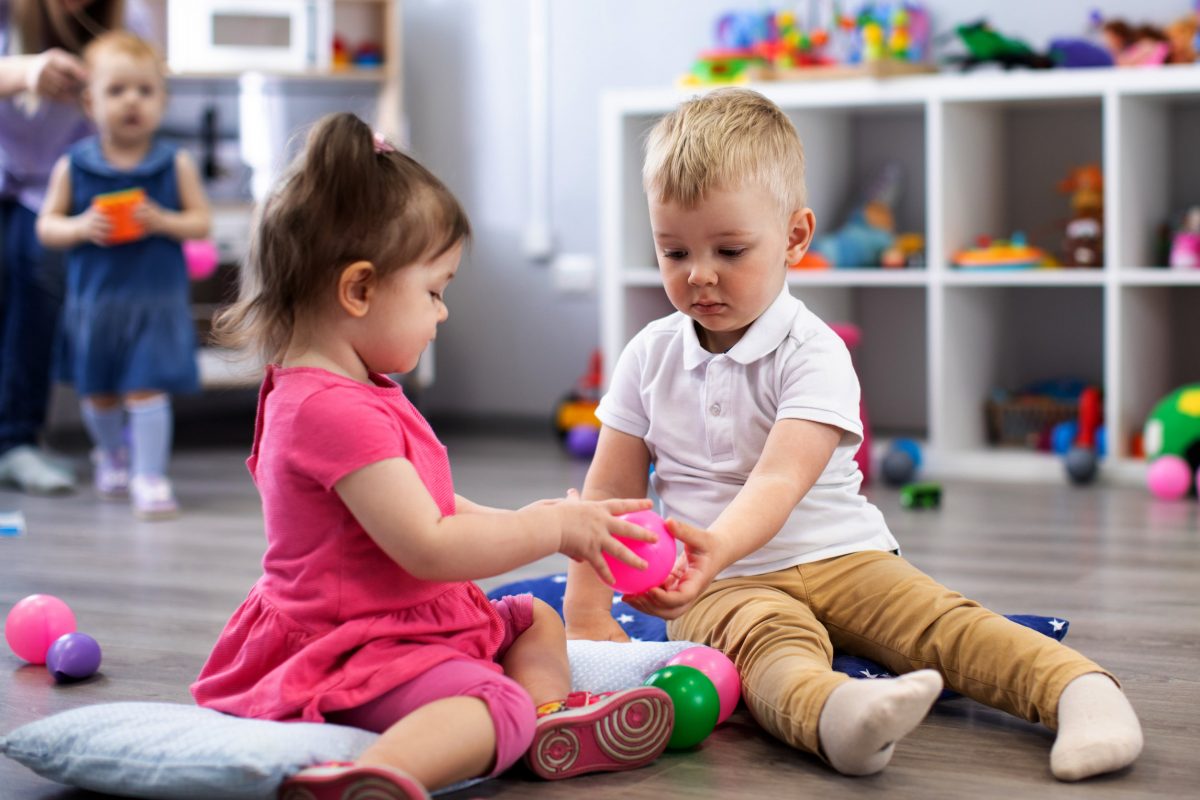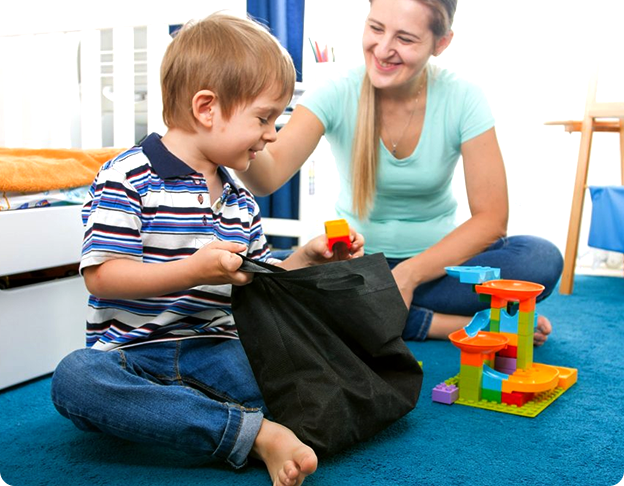Imagine you are watching three children, all of whom are on the autism spectrum, as they go about their business in a playroom. Let’s call them Adam, Brian, and Colin. Colin points at a toy on a shelf, staring at his teacher until the toy is given to him. Brian waits patiently until it is his turn to receive a toy, and he verbalizes his request. Adam ignores the proceedings until he decides that he wants the toy that Colin has, and he has no hesitation about snatching it away, ignoring Colin’s tears and screams. Now imagine that Brian notices Colin’s distress.
Brian had been playing with a similar toy, so he moves to Colin’s side and offers the toy to him. You may be thinking that the incident between Adam and Colin seems rather commonplace for children on the spectrum, but Brian’s actions seem altogether different. He communicated verbally, he displayed social skills, and he empathized with Colin. To an outsider, Colin’s actions might not seem significant, but Colin’s parents might view his progress as a victory. These types of victories are what pivotal response treatment is designed to deliver.
What Is Pivotal Response Treatment?
Pivotal response treatment, commonly abbreviated as PRT, is drawn from the principles of ABA Therapy. However, instead of targeting individual behaviors, PRT focuses on improving pivotal areas of behavior. PRT uses a play-based approach that involves the child in the decision-making process. Also known as Pivotal Response Training, PRT was developed by Dr. Lynn Kern Koegel and Dr. Robert Koegel at the University of California, Santa Barbara.
What Primary Pivotal Areas are Targeted?
Focused on play, language, and social skills, PRT targets five primary areas.
Motivation
Motivating the child to want to perform skills or learn is a critical part of PRT. Instead of forcing tasks, PRT takes into account each child’s interests to trigger enthusiasm for the process by associating positive actions with positive consequences.
Initiation
PRT encourages children to initiate social interactions by gaining attention properly. This may involve asking another child a question, raising a hand when they need to be acknowledged by a teacher, or asking for assistance with a difficult task.
Cues
PRT trains children to recognize multiple cues and respond to them instead of focusing only on specific stimuli or minute details.
Self-management
PRT teaches children to evaluate their own behaviors so that they can become appropriately independent.
Empathy
As part of their social skills, children should learn to empathize with others. This is an offshoot of self-evaluation; children can realize how their behaviors affect others.
What Are the Goals of PRT?
Motivating the child is an essential part of PRT, which is critical to helping the child reap the benefits. There are six goals or benefits of PRT. They are: reducing disruptive behaviors, enhancing the child’s language and communication skills, improving the child’s scholastic performance, fostering friendships and social interactions, reducing ritualistic behaviors, and aiding in the early identification and intervention.
What Are the Steps for Implementing PRT?
As with other forms of ABA therapy, PRT is a team effort that can involve the child’s family and friends as well as teachers, psychologists, and other trained professionals. The activities take place in natural settings, so parents are encouraged to apply the principles of PRT at home.
- Gain the child’s attention before offering learning opportunities. For example, a teacher might tap a student’s shoulder before giving instructions. Instructions should be clear and brief.
- Use shared control when appropriate. For example, a parent instructs a child to don a sweater so that they can go to the store. The child may express a desire for a particular sweater, the parent may retrieve it, the child can put it on, and the parent can demonstrate how to button it. The child may button the sweater, or the parent may offer assistance. As the child progresses, the parent will grant more control to the child, perhaps allowing the child to retrieve a favorite sweater and don it without assistance.
- The principle of learner choice means that the child may choose a toy or material to use. To be effective, parents or teachers should observe children to identify preferences for activities, toys, or items. For example, when given a choice of toys, a child always selects trains. The teacher could incorporate trains into a lesson on addition and subtraction by substituting train cars for numbers.
- Varying the difficulty levels of tasks can help boost motivation. New tasks should be interspersed with tasks that the child has already learned. For example, a child who has learned to identify several states by their shapes might now be taught the capitals of those states.
- Unambiguous, goal-directed response attempts should be reinforced immediately. For example, if a student only manages to raise his hand a few inches off his desk, the teacher should respond to the student’s request for attention.
- Reinforcing responses should be both direct and natural. For example, if a student asks for a break rather than screaming to escape demands, the teacher should immediately allow the student a short break while remaining seated.
- Increasing the number of attributes that apply to an object should be an incremental process. For example, the teacher can start by showing the student a picture of several dogs and cats. The student is asked to identify a cat, then asked to identify a yellow cat, and next asked to identify a yellow cat standing beside a white dog.
- A child who cannot distinguish between undesirable and desirable behaviors will have difficulty with self-management. Therefore, students must be taught to discriminate between the behaviors. The child should receive positive reinforcement for desirable actions and corrective instruction for undesirable ones. For example, if a teacher observes a student displaying an undesirable behavior, the student should be asked whether the behavior was appropriate. The teacher should then model the appropriate behavior before asking the student to demonstrate the desirable behavior.
- Once children have learned how to evaluate and control their own behavior, teachers should gradually boost their independence. Typically, this is done by increasing the duration of self-managed time, reducing the frequency of reinforcing responses, or both. For example, a teacher has been offering a reinforcing response every time a child responds appropriately. The teacher can gradually increase the number of appropriate responses required for the child to receive reinforcement.
Now that you know more about PRT and the importance of motivation, watch our video about motivational techniques that you can use to start implementing PRT today.




